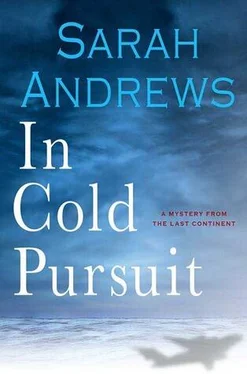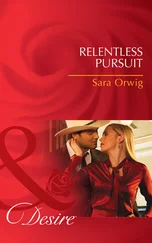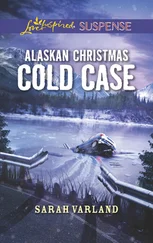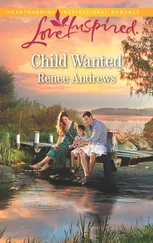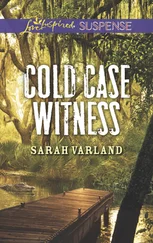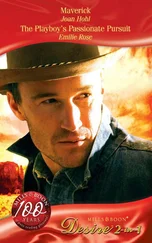I wish to acknowledge the murder and mayhem in the minds of Rachel Murray, Micheal Claeys, Jean Pennycook, Brendan Stamp, Roger Harvey, Andrew Heister, Deborah Kunze, Charlotte Lees, Robert Lloyd, and Steve Croissant, who provided assistance and input during the Howdunnit Contest I held while in McMurdo to find out how Antarcticans might best kill each other. The winner was Brendan Stamp for his most elegant “Death by Biodigestion,” which involved running the corpse through the sewer system, whence it would be shipped home to Point Magoo, California, unrecognizably as “cake.”
Thank you, tried and true Kelley Ragland for your ace literary input.
Now on the purely personal side, I wish to thank the Girls’ Night Out group—Nancy Saylor, Vicky Hill, Gabbi Shader, and Emi Takacs. You can’t imagine how much your all-white-foods send-off meant to me. And last but in no way least, I thank my husband, Damon, and son, Duncan, for understanding my itch for adventure, and for making their own sandwiches, washing their own clothes, loving me without judgment, and even driving me to the airport so that I could go to Antarctica.
AS THE COAST OF ANTARCTICA CAME INTO VIEW FROM the US Air Force C-17, those who had been to the ice before stayed seated, earplugs in place, trying to catch up on the sleep they had lost while crossing from North America to the jumping-off point in New Zealand. The new hands climbed out of the webbing perches that folded down from the naked walls of the fuselage and crowded around the two small portholes in the passenger doors, trying to get a squint at the measureless white world they would inhabit for the coming months.
Valena Walker was more assertive than the rest. Taking advantage of the fact that she was, by some quirk, the only woman on board, she moved to the desk at the bottom of the steps that led up to the flight deck and asked the loadmaster if she could climb up there for a better look. He gave her an appreciative smile, spoke into the microphone on his headset for a moment, then waved her up.
Climbing up the steps was somewhat difficult. As was required of all passengers—pax, in military jargon—traveling to Antarctica, she was dressed in ECWs, extreme cold weather gear. She had slipped out of the giant down parka emblazoned with its US Antarctic Program patch but still wore two layers of polypropylene underwear, thick black wind pants with suspenders, and, most cumbersome of all, giant blue boots. FDXs, they were called, another abbreviation for the growing list of Antarctic speak. The boots were glorified couch cushions with Vibram soles. The thick, insulated fabric and leather toes and heels of the uppers were a fetching royal blue. Inside these voluminous outer layers were two thick felt inner soles and quilted liners, and just to make certain she was warm enough, Clothing Issue had supplied her with extra-thick wool socks. Her feet were damp with sweat. Nothing daunted, she thumped up the steps and presented herself on the flight deck.
Nothing could have prepared her for what she saw over the pilots’ shoulders. Beyond the arc of the windshields lay… what? Those were mountains, certainly—they had to be part of the Transantarctic Range, as by her reckoning their flight path was taking them over Victoria Land—but everything was backward. Instead of dark, tree-swathed masses capped by snow, the mountains were bare fins of naked rock sticking up through… ice… which was… incredibly white—no, bluish-white—and… it looked oddly familiar… it looked… like…
It looked like whipped cream! How strange. A whole continent made of pie topping. And beyond the mountains, the whiteness rose and became the horizon, endless, unimaginably vast. The Polar Plateau, a sheet of ice miles thick and as broad as the continental US. Add to that the ice sheet of West Antarctica, and it was seven million cubic miles of ice, too great a number to comprehend. And there were no familiar objects to suggest scale.
Valena turned to the captain. “How high up are we?”
“Thirty-five thousand feet,” he replied.
Six and a half miles. The confectionary swirl of chocolate mountains notched by whipped cream glaciers went on and on, trackless mile after mile— no, think in kilometers now , Valena reminded herself—hundreds, no, thousands of square kilometers spread below her with not the tiniest mark of human passage. Nothing in this alien landscape offered her eye a reliable scale. Nothing lay beneath them but delectable whipped cream ice and chocolate mountain kisses. She saw not a tree, not a road, no cities, no towns, not even a lonely hut, no marks of man, and for that matter, no animals, plants… nothing but ice!
The coastline swung majestically out from under their route, revealing an embayment strewn with another pattern of white and blue, reminiscent of lace, even stranger than the flowing cream topping and edible mountains.
Smiling at her amazement, the captain spoke to her again. “This is Terra Nova Bay. Look at that glacier down there, where it flows into the ocean, see the cliff it forms! Imagine how high that has to be to be visible from way up here.”
Terra Nova, named for the ship Sir Robert Falcon Scott had sailed south for his last great, and fatal, attempt at reaching the South Pole! The very sound of the name shot a thrill through Valena. She had wanted to come here ever since her grandfather had read aloud to her and her cousins from Endurance , the story of Sir Ernest Shackleton’s ill-fated 1916 attempt to cross the continent overland. Something in that story—their joy in adventure and their willingness to release themselves into the void—had filled her heart with longing, and she had followed that urge like a beacon down all the years that had culminated in this day.
“Are those ice floes?” she asked. It was early November, springtime in the southern hemisphere.
“Brash ice, to be specific.” Suddenly, the captain was all business. “It’s time for you to get back to your seat.”
“Will we be landing soon?” Valena asked, hoping to stay just a few minutes longer. “Can we see McMurdo Station from here?”
He shook his head. “It’s still half an hour to the south, but we’re heavy, so we’ll be flying around low and hard to burn off some fuel. Otherwise we can’t land. The sea ice runway is only seventy inches thick.”
“Seventy inches? That’s six feet.”
“We don’t like to take chances.”
“Take your time,” Valena told him. “I’ve come a long way, and I’ve been planning to come to Antarctica for sixteen years. I don’t want my visit to end just as I arrive.”
“Sixteen years? You barely look that old. Younger than my daughter.”
“I am twenty-four,” Valena answered, more stiffly than she had intended. It bugged her that people underestimated her age. She needed every bit of respect she could get to make it in the competitive world of science.
The pilot’s attention lingered on her face, examining each of her features with a look of intellectual abstraction.
He wants to know my heritage , she decided. Everybody asked sooner or later, or looked like they wanted to, but it never made it any easier for her to take. She wanted to tell him, You’re right, keep looking, I don’t fit in anywhere. But here I am in Antarctica! She stared back at him, willing him to look into her eyes. When he did, he flushed slightly, and the muscles of his cheeks bunched into an uncomfortable smile. Having extracted this price for his curiosity, she thanked him for allowing her on the flight deck and went back downstairs to her seat.
An hour and a half later the jet touched down and rumbled to a stop on the sea ice runway next to Ross Island. Valena was sitting in the seat closest to the passenger door but could not see out through its tiny round window. Antarctica is right out there , she told herself. No longer a dream. I am here at last on the ice.
Читать дальше
